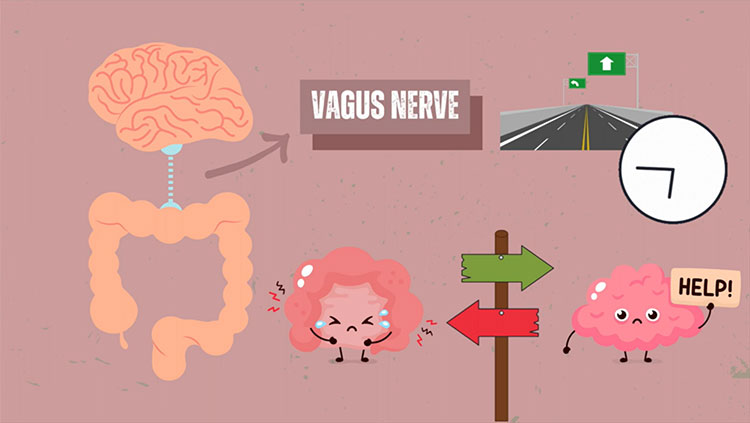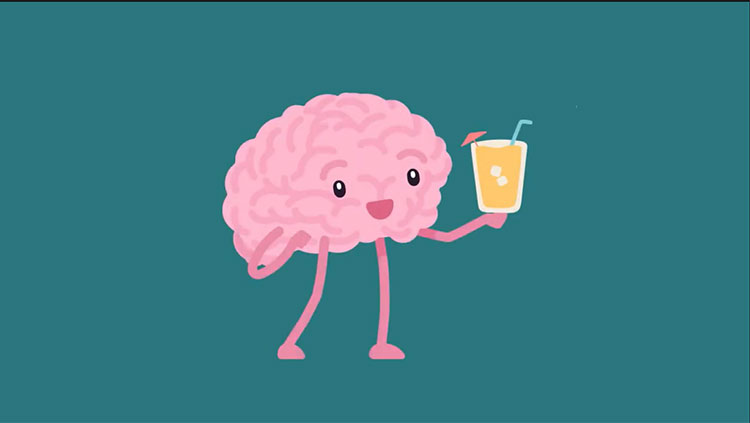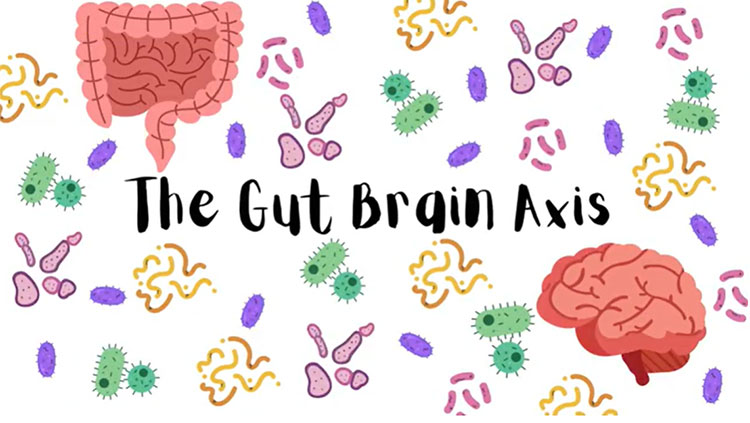Hillary Clinton fainting at the 9/11 memorial this weekend has raised concern and speculation over possible causes. There are three causes of fainting.
Fainting is the sudden and temporary loss of consciousness, and consciousness arises from neural activity in the cerebral cortex. Anything that disrupts neural activity in the cerebral cortex can cause loss of consciousness.
The most common cause of fainting is insufficient blood flow to the brain. Although the human brain comprises only 5% of the body’s weight, it consumes 20% of the body’s energy. Vigorous and precisely regulated flow of oxygen-rich blood to the brain is essential to fuel the metabolism of neurons that is required to generate electrical activity. Anything that disrupts cardiac function can cause fainting, notably a sudden drop in blood pressure. Since blood pressure must be regulated precisely for the complex demands that are placed on the body, many different things can cause a sudden drop in blood pressure. These include physiological factors, blood loss from trauma, and emotional state.
Physiological shock causes a severe drop in blood pressure and rapid shallow heartbeat. Shock is the body’s first response to traumatic injury and the response is triggered by the autonomic nervous system. People often lose consciousness from traumatic injuries, and this physiological shock response is believed to be a mechanism to reduce blood loss. It would not take long to pump the body dry of blood through a serious wound if the heart was pounding wildly. It takes even less time for this to happen in a woman’s body, because she has 5-8 pints of blood compared to 8-10 pints of blood in a man’s body. No wonder females can be more prone to fainting.
Fainting from an emotional shock is iconic, especially for females. Fear and other stressful emotional states that provoke a similar shock response in the cardiovascular system that occurs after traumatic injury will cause fainting. Some people faint at the sight of blood, for example. This is believed to be in part a genetically predisposed mechanism that may have had survival value for our ancestors. Those people who had a hair-trigger response to activating this last-ditch safety mechanism to limit blood loss from trauma survived in prehistoric times long before medical first responders existed. Even seeing blood loss or seeing a hypodermic needle causing penetrating “injury” to another person can trigger fainting in these people.
If there is not sufficient oxygen in the blood, a person can faint even if blood flow to the brain is adequate. Free divers who compete in breath-holding contests skirt the deadly threshold of losing consciousness and drowning. This happened recently to competitive free diver Natalia Molchanova. Impaired lung function or insufficient oxygen in the atmosphere will cause a loss of consciousness. High altitude pilots and mountaineers, for example, are at risk of hypoxia-induced fainting. However, anything that impairs the delivery of oxygen to red blood cells can result in fainting. Inhaling carbon monoxide, which impairs the ability of hemoglobin to bind oxygen, will induce fainting very quickly
The third cause of fainting is disruption of neuronal function in the cerebral cortex. Toxins, such as alcohol, or anesthetics, which suppress normal electrical activity in the cerebral cortex, can induce a sudden loss of consciousness. Likewise, inadequate supply of glucose to fuel the energy demands of neurons will do it. Epilepsy and seizure are caused by wildly uncontrolled firing of neurons in the cerebral cortex. In this abnormal state, consciousness can be lost, just as we lose consciousness when our cortical activity becomes suppressed in sleep.
Fainting can be a sign of many different medical issues in the brain and body, but it also can and does happen in perfectly normal or even especially fit individuals. For example, very fit athletes who have low resting heartrates can be prone to fainting upon suddenly rising from a seated position (called orthostatic hypotension). While such an athlete sits peacefully resting in a chair, his or her resting heartrate and blood pressure drop even further and blood pools in their legs. No problem so long as the athlete remains seated and resting quietly, but upon standing suddenly they can become light-headed because the body must suddenly pump blood several feet higher to the elevated head. With all the blood pooled in the legs and the heart ticking along slowly at rest there is not enough blood flow to the brain upon standing. The blood “drains” from their head as they jump up and they can faint.
I know this because it happened to me on an airplane. After extensive neurological tests were negative, and cardiovascular tests (thankfully) showed my fitness was in the range of elite athletes, the doctor dismissed my fainting on an overnight transatlantic flight as the expected response of the body to being cramped in the middle seat at high altitude and at sleep, just before I was awakened and stood up quickly. Dehydration, which is common in airline travel due to the dry air in the aircraft cabin and the difficulty of obtaining water, thickens the blood and this will increased the chances of fainting. So when flying through the “friendly” skies in the coach cabin, be sure to hydrate, avoid alcohol, move your legs to keep the blood flowing, take short walking breaks, and wear compression socks to squeeze blood out of your lower limbs to prevent it from pooling down there where it is of no use to your brain. Even jet fighter pilots rely on compression suits to help prevent fainting.
You don’t have to be on an airplane for this to happen; even soldiers, who are among the most fit of all, faint when forced to stand at attention in the hot sun too long and blood pools in their lower extremities leaving their brain gasping. Fainting, if it is a graceful wilting to the ground rather than a collapse that may cause injury, puts the body in a horizontal position and instantly cures the problem. Fainting hits the “reset button.”. At the same time, any injury to blood flow inside the brain as a result of trauma or malformation of blood vessels or damage to neurons from disease or injury can cause loss of consciousness.
Also In Body Systems
Trending
Popular articles on BrainFacts.org


















